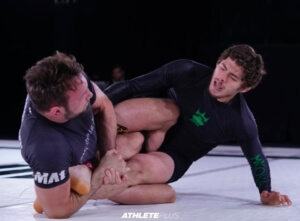The importance of warmups in BJJ
The importance of warmups in BJJ
The importance of warmups in BJJ is always a hot topic. But I want to take a second to explain why they are so important. As you move up the ladder rank wise in your Brazilian Jiu-Jitsu journey, people seem to want to stop doing warmups. Upper belts think they are “too good” for warmups. They couldn’t be more wrong, especially if you are over 35 years of age. When you are new to BJJ, from whitebelt through the middle of your bluebelt, warmups are essential to your improvement through the ranks. If you are doing them correctly (and you are training at a good Academy that has a warmups based on BJJ movements of the fundamentals), you are building muscle memory of the most important parts of Jiu-Jitsu. So while we understand, many of you just wanna “roll”, if your goal is to get better, you have to do the little things that will make you improve. Activation of your muscles is a real thing, and warming up your body will also help to strengthen and correct imbalances in your muscles. In addition, you want to roll forever right? Well, if you want longevity in this art, you must take the extra time to ensure it. if you are a BJJ practitioner who is passionate about staying on the mat and looking for longevity, become a person who seeks out ways to stay healthy, physically and mentally. Becoming well balanced Jiu-Jitsu is the path of the warrior. Also, here at Savarese BJJ, we believe in the “outliers” theory, it takes 10,000 reps to master something. The more you practice your fundamentals, the better your foundation of BJJ skills is going to be.

